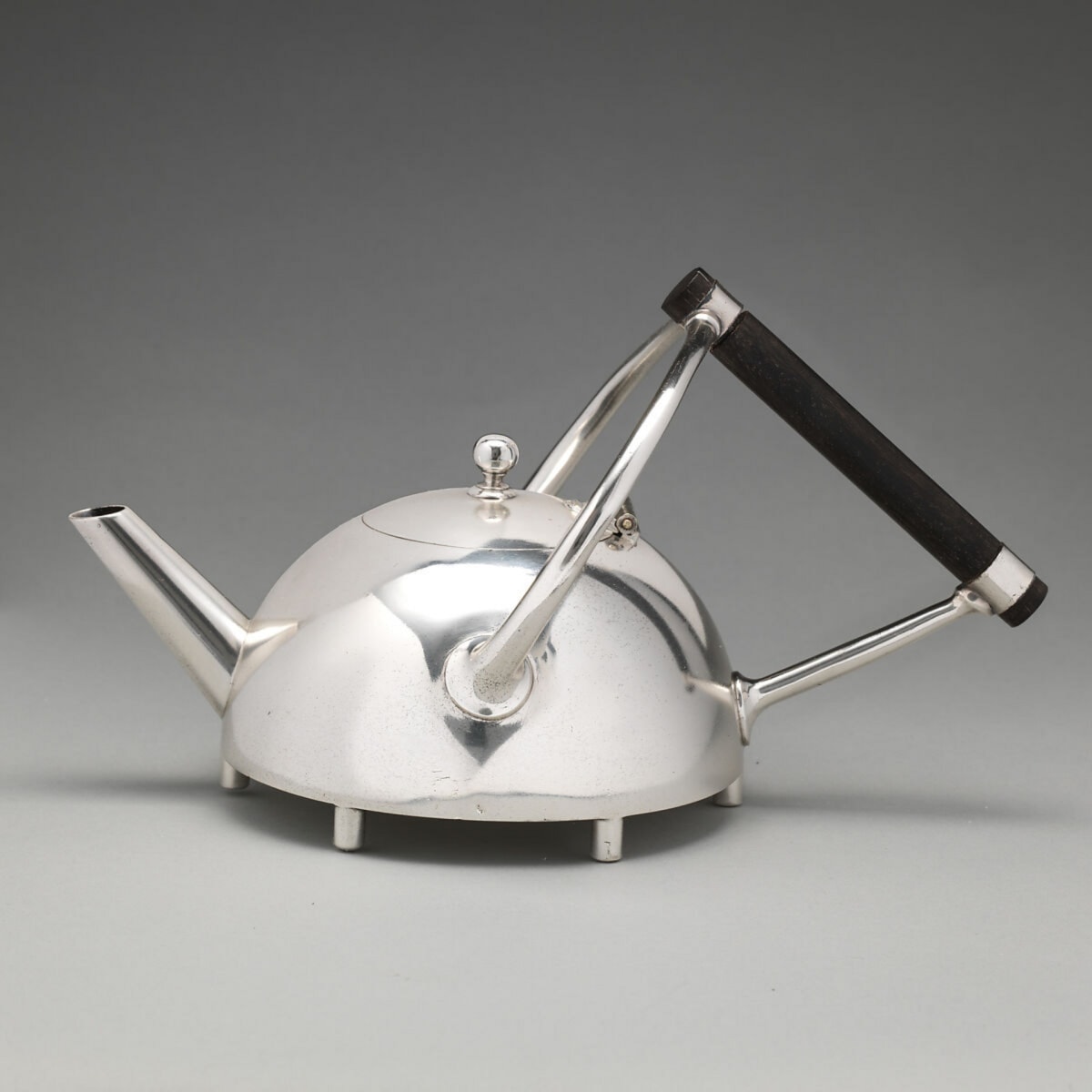Born in 1991, I am an industrial designer, design historian and writer from Newcastle Upon Tyne, and a graduate of Northumbria University's prestigious Design for Industry BA Hons (2014). Having worked in product design for close to a decade, in 2021 I decided to transition from design for manufacture to design history with the ultimate goal of developing a unique set of skills and an insight forged with design practice.
My writing explores themes of making, marketing and manufacturing using holistic modes of analysis developed through my design practice. I have explored ideas of periphery and regionality in design, and my work leans heavily on the design histories of the industrial North East.
The goal is to understand the hidden symbiosis between design histories and design practice in order to augment design futures - it is my hope to carry on this research into the business practices of peripheral makers in eighteenth, nineteenth and twentieth-century England at PhD level, and to a career in academia and education.
Robert Bearcroft Barker Bursary recipient 2021
Clive Wainwright Memorial Prize recipient 2022
Cover image: courtesy of V&A museum, edited by author.







